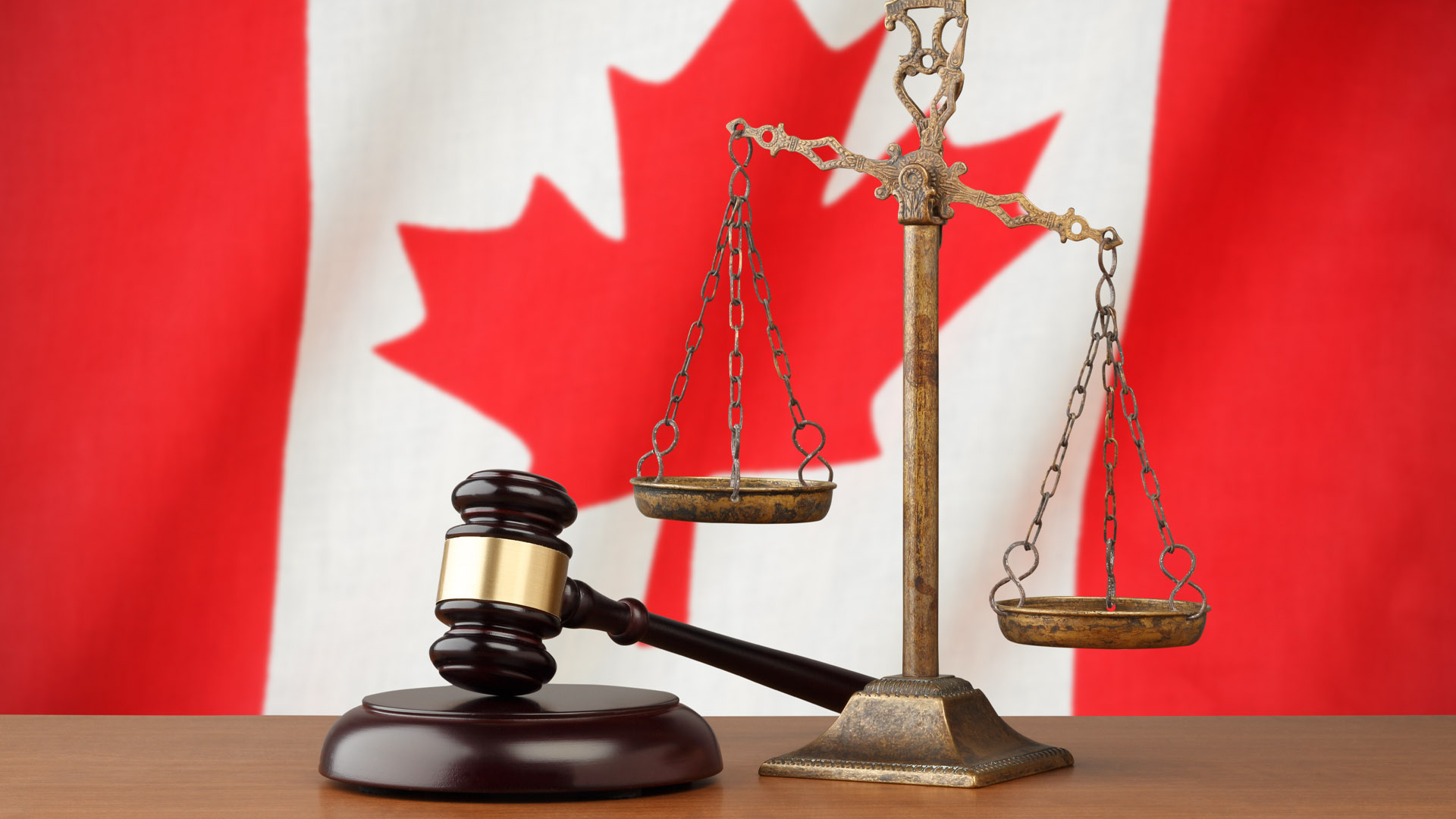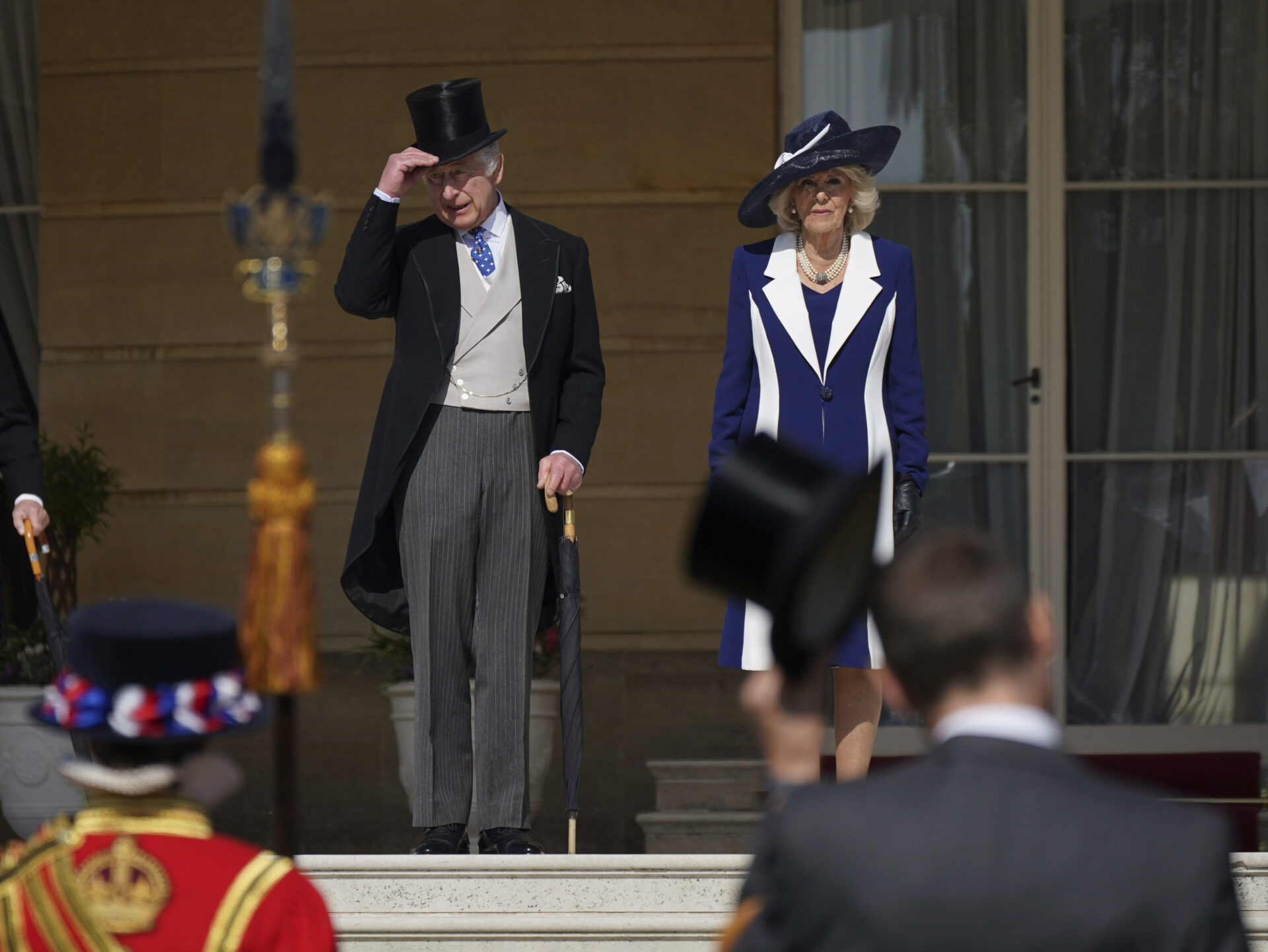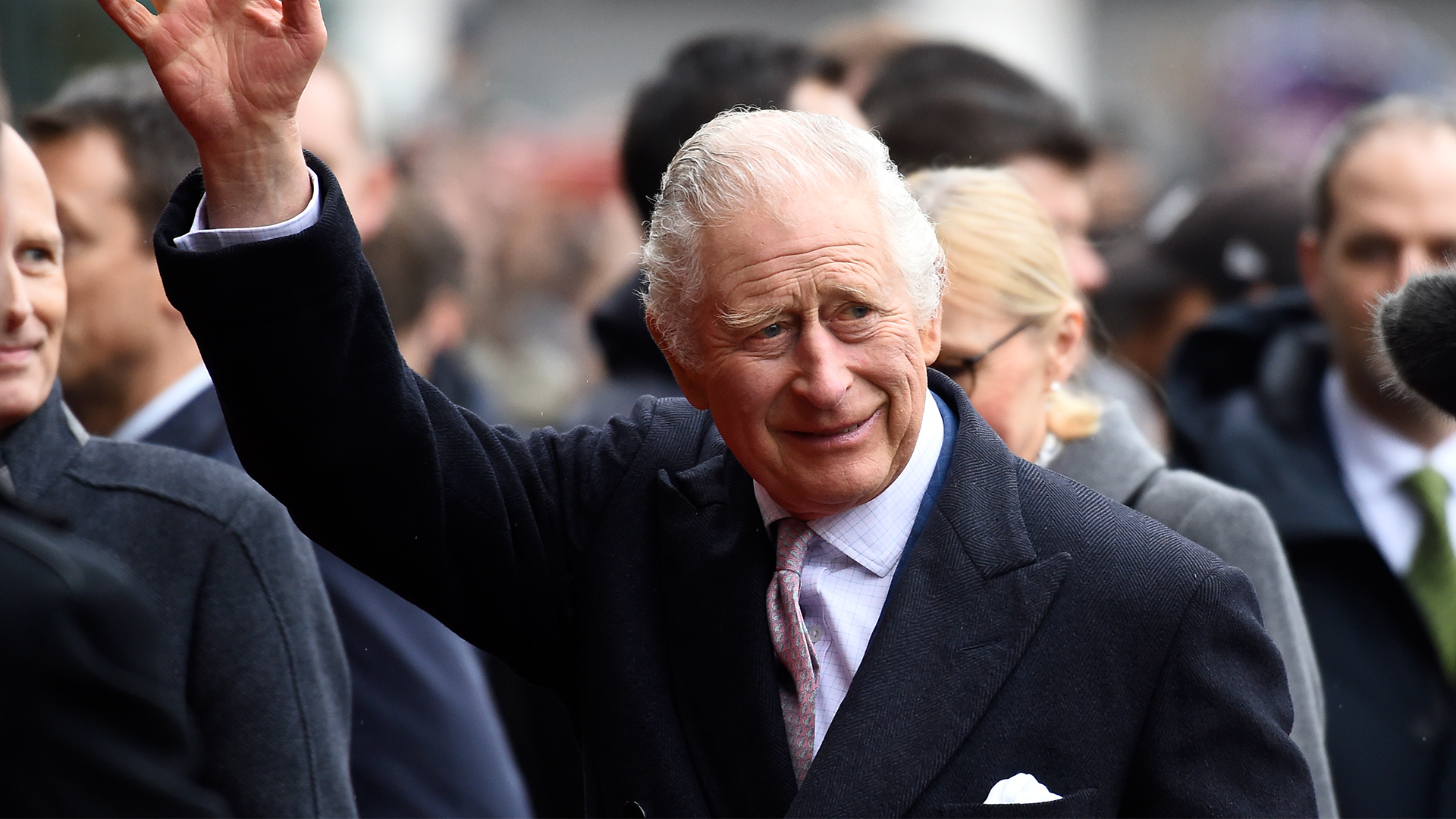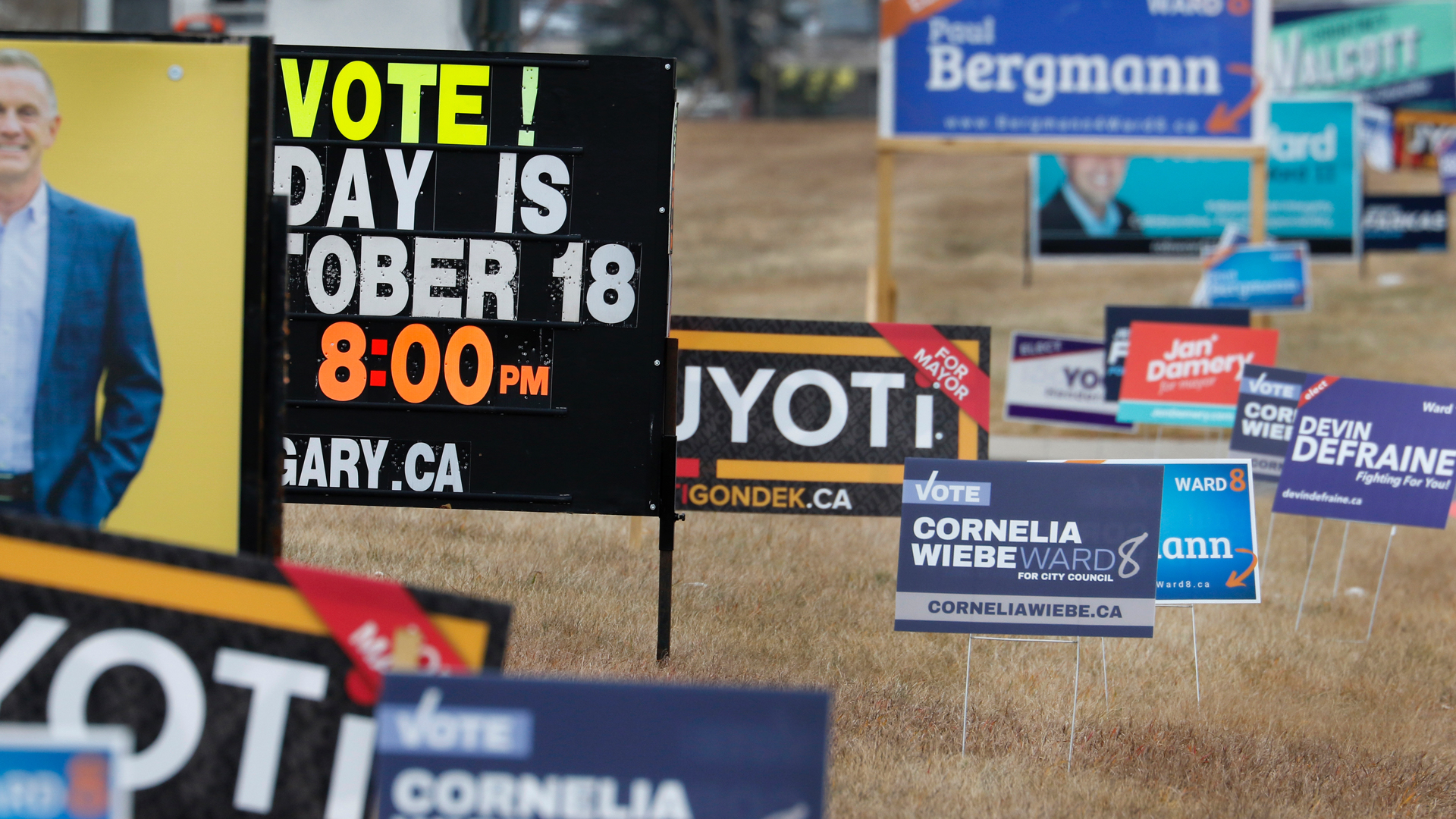
(Version française disponible ici)
The pessimists have long had the upper hand in the ongoing debate over whether to cut the umbilical cord that has linked Canada to the British Royal Family since the birth of this country. The obstacles between the start and end points have seemed too numerous or too insurmountable to even try.
Not so. Canadian democracy has all the necessary tools to make this happen in a relatively short time, in an orderly and respectful manner, without risk to the resilience of our institutions. All that is needed is a substantial amount of political will.
Let us first list the obstacles and then see how they can be overcome.
The existence of the royal bond is enshrined in the Constitution, so that must be changed. To do this, a constitutional amendment must be approved in each of the 10 provinces and by both the House of Commons and the Senate. To make matters worse, modern history tells us that if anyone tries to amend the Constitution for one reason, all of the many players will scramble to add their own proposals in other areas, leading inevitably to failure.
Moreover, since the Meech Lake Accord was negotiated behind closed doors in 1990, several provinces have passed legislation requiring provincial referenda to ratify significant changes to the Constitution. In addition, since the 1995 Quebec referendum, each region of the country – Quebec, Ontario, the Atlantic provinces and the Western provinces – has been given by Parliament a veto over any change to the Constitution.
To make things more interesting, within the Prairies and Atlantic provinces, premiers have made a commitment to exercise that veto if any single province in the region opposes the change. On top of all that, the Australian experience teaches us that even if a majority of citizens want to break with the monarchy, they do not all agree on what to replace it with, which can lead to a default victory for the status quo.
One must therefore devise a road map that navigates each of these obstacles in a predictable and transparent way. Above all, the entire process must be based on the greatest possible legitimacy: the popular vote.
Where do Canadians stand?
Canadians may be divided on whether to cast off the royal moorings, but they have a clear idea of the method to use to decide the issue: a national referendum. Last September, 58 per cent of respondents told IPSOS they wanted Justin Trudeau to organize such a consultation. Obviously, the wish is stronger in Quebec (73 per cent), but one finds a majority everywhere except in the Prairies (where the figure is between 45 and 49 per cent.)
If this referendum were held now, what would be the result? At the time of the IPSOS poll, 54 per cent of respondents would have said goodbye to the monarchs. But Quebecers, again, were pulling this average up, with 79 per cent in favour. Only in Saskatchewan and Manitoba (54 per cent) was there a majority to keeping the royal connection.

For the rest, anti-monarchists scored between 42 per cent in Ontario and 46 per cent in British Columbia. There is some evidence that these numbers understate the evolution of opinion since the poll was taken.
The best and most recent data come from an Angus Reid Institute poll released in April. Majorities everywhere oppose “recognizing Charles as King of Canada,” ranging from 53 per cent opposed in Ontario to 59 per cent or more opposed everywhere else. As for swearing an oath to King Charles “at some official ceremonies,” the lowest number is 57 per cent against.
Angus Reid did not ask a direct yes or no question on severing the royal ties entirely but it found pluralities wanting to give it a try despite the constitutional difficulty, with fewer than one-third of respondents outside Quebec – 34 per cent being the highest proportion in Ontario – wishing for the country to “remain a constitutional monarchy for generations to come.”
A majority thus seems to be at hand everywhere in the country to make the shift, although there is some risk of failure. Let us assume, boldly, that Justin Trudeau wishes to complete the family work. Trudeau the elder repatriated the Canadian Constitution in 1982, which until then had been a British law, severing an essential tie with London. Trudeau the son could put the finishing touches on a truly independent Canada by breaking the colonial link once and for all.
How would this be done?
It would start by deftly defining the needed constitutional amendment. It would, in my view, state that the office of Canada’s head of state should henceforth be held, not by the head of the British Royal Family, but by the Governor General, until such time as a constitutional conference decides otherwise.
The formulation clearly distinguishes the two key debates: dumping the monarchy now and deciding what to replace it with later. For the time being, it would propose a minimalist change: the Governor General would be responsible for carrying out all the functions he or she has performed to date – no longer in the name of a King in London, but in the name of the Canadian government that has appointed him or her.
Everyone would understand that unless otherwise decided, this configuration would endure. The amendment must also provide that if adopted by the 10 provinces and Parliament, a constitutional conference will be held within three years with only one item on the agenda: the formula for replacing the Governor General as head of state. Thus, the text of the amendment will prohibit any other subject from being discussed at this conference.
Second, in keeping with the idea of giving this amendment the greatest possible legitimacy through the popular vote, a national referendum should be held before the votes on the amendment take place in provincial legislatures and Parliament. If the public indicates it wants action, elected officials would, of course, be politically bound to accept their voters’ verdict.
Everything then hinges on the wording of the two questions to be asked in this Canada-wide referendum organized by Ottawa, with or without the provinces’ approval.
The first should revolve around this: Do you want Canada to appoint a Canadian head of state, rather than keeping the head of the British Royal Family in that position? Yes/No.
This question alone exposes us to getting negative answers from one or two provinces. It is obviously politically impossible to use the Canadian average to impose the decision because that would give fiercely anti-monarchist Quebec far too strong a voice, which would irrevocably pollute the whole referendum debate.
Moving on from the monarchy, incrementally
What would Canadian politics look like without a Queen or King?
Instead, I propose a second “I’m getting on board” question that mimics an existing constitutional amendment method – the 7/50 formula. It would go like this: If a majority of Canadians answer yes to the previous question in seven provinces representing 50 per cent of the country’s population, do you wish the legislature of your province to adopt the proposed constitutional amendment to provide Canada with a Canadian head of state? Yes/No.
This mechanism allows the reform to pass, even if three small provinces vote no. The provincial parliaments are thus required to obey the vote of their constituents, and the royal link is severed. The next step is to hold consultations and debates towards the promised constitutional conference. This will be done knowing that if there is no consensus on substantial regime change, which is likely, the resident of Rideau Hall, appointed by the representatives of the Canadian people rather than the resident of Buckingham Palace, will hold the symbolic sceptre of Canadian sovereignty.
It could be that the most important matter for debate in this conference would become the appointment procedure for the Governor General and possibly a change in the name – governor being rather backward looking. Canadian-in-chief could be an option.










